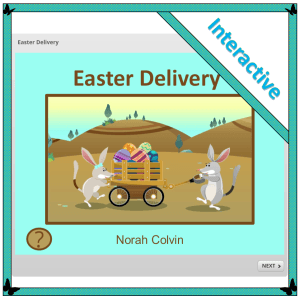The Australian school year consists of approximately 200 days. Depending on the length of terms and number of public holidays in each, the 100th day often falls towards the beginning of the third term in July. Knowing that many of you will be preparing to celebrate the 100th day with lessons investigating 100, I thought I’d share our readilearn resources that support you with that. It’s always exciting to count the 100th day, because once it’s reached, it’s time to start counting down to the end of the school year, which get closer with every day.
Celebrating 100 days of school

Although Busy Bees celebrate 100 days of school suggests ways of counting the days from day one, it also suggests ways of celebrating when the 100th day arrives. Suggestions include: count and collage 100 items and decorate a cake with 100 candles. There are party suggestions and an original game to play. (Also included with purchase of the Busy Bees 100 chart.)

The explanatory Celebrating 100 days of school – Letter to parents suggests items that may be suitable for children to bring in and count as part of the 100 days celebration. It is a Word document that can be personalised with your name and class before printing and distributing. (Also included with purchase of the Busy Bees 100 chart.)
Teaching numbers up to 100

Continue reading: Learn about 100 and Celebrate 100 Days of School – readilearn

























